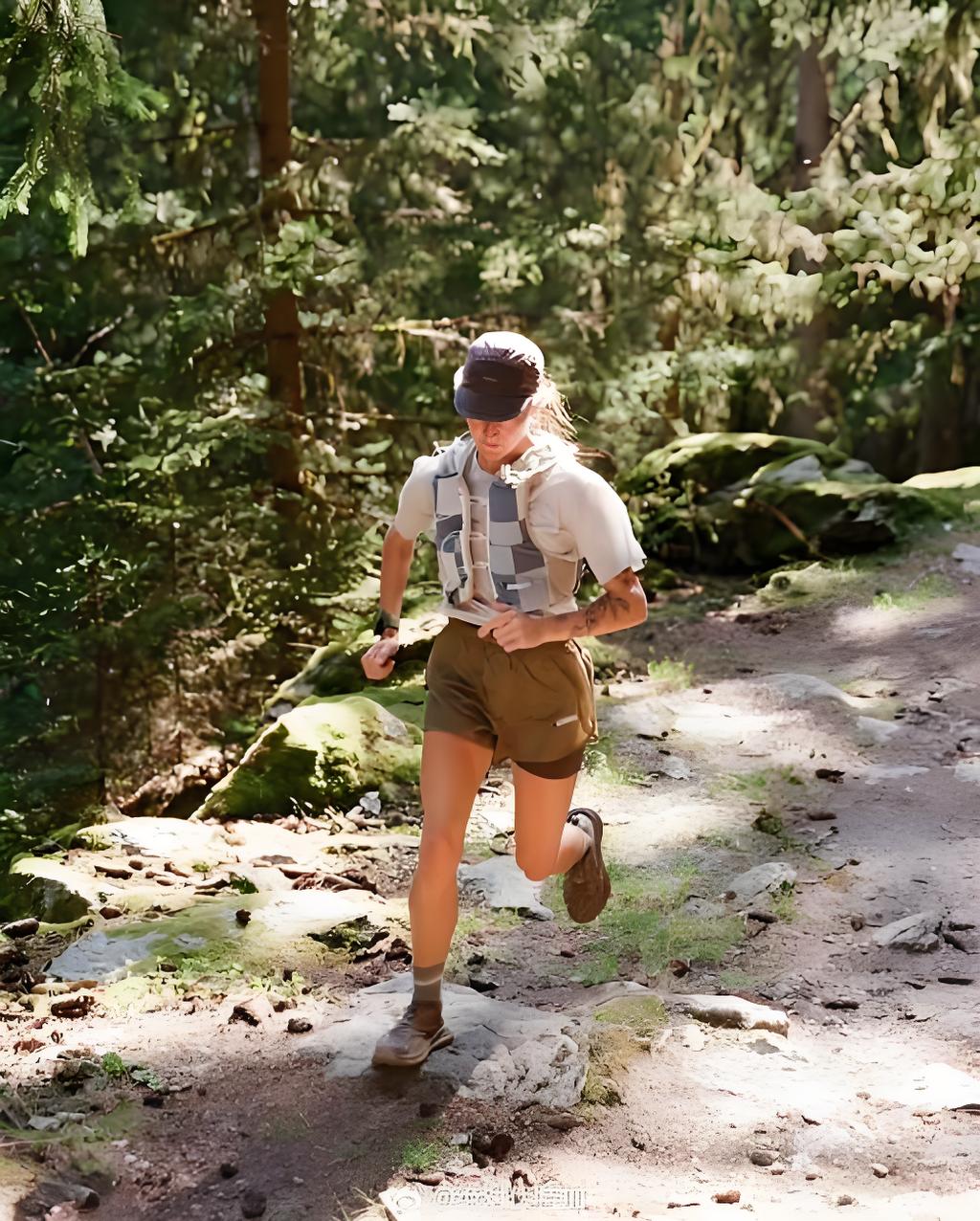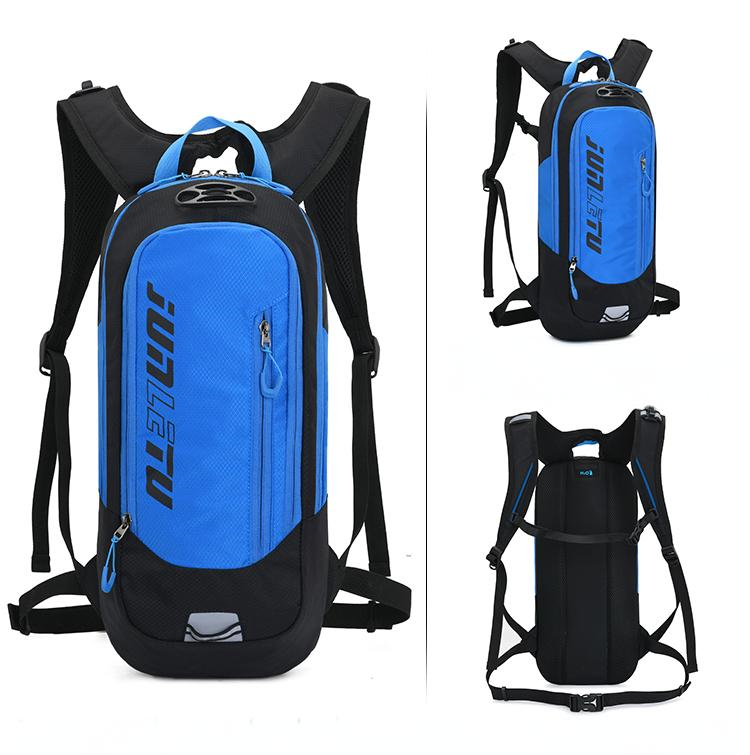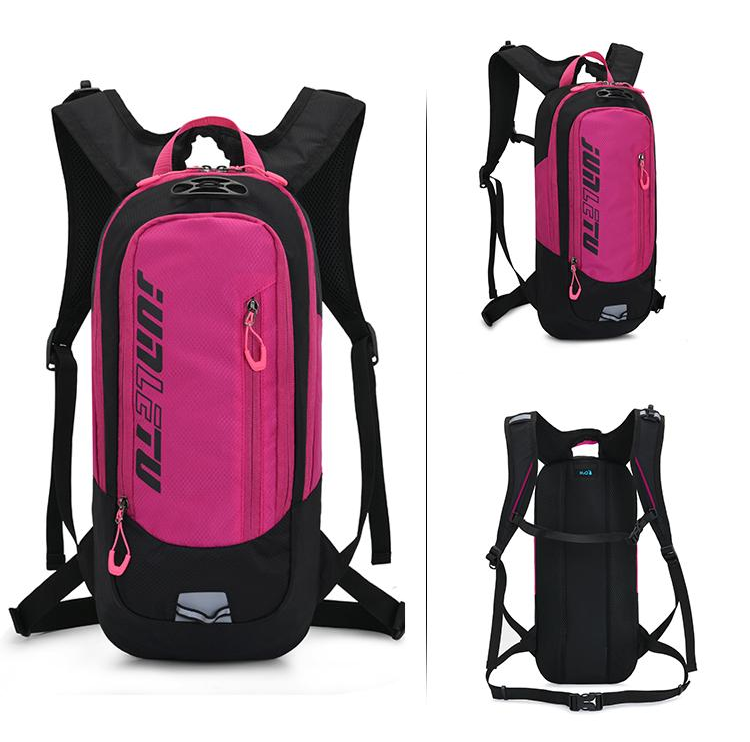As an avid trail runner and hiker who’s logged countless miles with a hydration backpack slung over my shoulders, I’ve come to appreciate the little details that make or break a trip. One question I’ve heard popping up among fellow outdoor enthusiasts is: “What happens if the water tube on my trail hydration backpack is too long?” It might seem like a minor issue, but a tube that’s too long can turn your adventure into a frustrating ordeal. From my own experiences and experiments with different packs, I’ll break down the problems a lengthy tube can cause, how to fix them, and tips to ensure your hydration system works seamlessly on the trail.

Why the Tube Length Matters
When you’re powering through a rocky trail or weaving through a dense forest, your hydration backpack is your lifeline. The drinking tube (or hose) connects the water reservoir to your mouth, letting you sip without breaking stride. Most hydration packs come with tubes around 90-100 cm long, which works for many people. But if the tube is too long for your body or setup, it’s not just a minor annoyance—it can affect your comfort, safety, and overall experience. Let’s explore what happens when the tube is too long and how to address it.
Problems Caused by an Overly Long Tube
From flapping hoses to tangled messes, here’s what I’ve seen (and felt) when a hydration tube is too long:
Dangling and Swinging
A tube that’s too long often hangs loose, swinging around as you move. This is especially annoying during high-intensity activities like trail running or mountain biking. I’ve had tubes slap against my chest or get caught on branches, which is distracting at best and hazardous at worst. A swinging tube can throw off your rhythm and even cause you to trip if it snags on something.
Snagging on Gear or Surroundings
On narrow trails with overgrown vegetation, a long tube is a magnet for snags. I once had a tube catch on a thorny bush, yanking the bite valve out of my mouth mid-sip. Not only did it disrupt my flow, but it also risked damaging the tube or pulling the reservoir out of alignment in the pack.
Excess Weight and Drag
While the tube itself is light, extra length adds unnecessary bulk. When filled with water, a long tube can create slight drag, especially if it loops awkwardly or pools in one spot. Over a long trail run, even small inefficiencies add up, making you feel weighed down.
Difficulty Accessing the Bite Valve
If the tube is too long, the bite valve might hang too low or get tucked into awkward spots, like under your armpit or behind your back. I’ve fumbled to find the valve during a sweaty climb, which is frustrating when you’re parched and don’t want to stop.
Hygiene Concerns
A longer tube is harder to keep clean and dry. It’s more likely to drag on the ground or collect dirt if it dangles. Dirty tubes can harbor bacteria, which is the last thing you want when you’re sipping water all day. Plus, extra length means more surface area to clean, which can be a hassle.
Aesthetic and Practical Annoyance
Let’s be honest: a floppy, oversized tube looks sloppy and feels unprofessional. When I’m out on a group hike, I want my gear to feel streamlined, not like I’m wrestling with a garden hose.
How to Tell If Your Tube Is Too Long
So, how do you know if your tube is too long? Here’s what I check:
Position of the Bite Valve: When clipped to your shoulder strap or chest, the valve should rest near your collarbone or upper chest, easy to grab without looking. If it hangs below your waist, it’s likely too long.
Excess Looping: If the tube forms loops or coils when secured, it’s adding unnecessary length.
Interference with Movement: If you feel the tube bouncing or catching on your gear, it’s a sign it’s not the right length.
Personal Comfort: Everyone’s body is different. A tube that’s perfect for a 6-foot-tall hiker might be excessive for someone shorter like me (I’m 5’6”).
As a rough guide, a tube length of 90-100 cm works for most adults, but shorter users or kids might need 70-80 cm. Some brands offer adjustable or trimmable tubes, which I’ll cover later.

Comparison of Tube Length Impacts
To make things clearer, here’s a table summarizing the issues of an overly long tube and their impact on different activities:
| Activity | Issue with Long Tube | Impact Level | Mitigation Tips |
|---|---|---|---|
| Trail Running | Swinging, snagging on gear | High | Trim tube, use clips to secure |
| Hiking | Dangling, catching on branches | Medium | Route tube tightly, use magnetic clips |
| Mountain Biking | Tube flapping, interfering with handlebars | High | Shorten tube, secure with velcro straps |
| Camping/Festivals | Excess length collects dirt, hard to manage | Low | Coil excess tube, clean regularly |
This table shows that trail running and mountain biking are most affected by long tubes due to their fast-paced, dynamic nature, while camping or festivals are more forgiving since you’re less likely to be moving constantly.
Solutions to Fix a Too-Long Tube
The good news? You don’t need to live with an annoying tube or buy a new pack. Here are practical fixes I’ve tried or seen work:
Trim the Tube
Many hydration bladders, like those from CamelBak or Osprey, allow you to cut the tube to a custom length. Here’s how I do it:
Empty the bladder and remove the tube.
Measure the ideal length by holding the tube against your body, ensuring the bite valve rests near your collarbone when clipped.
Cut the tube with clean scissors, leaving a straight edge.
Reattach the bite valve securely, checking for leaks.
Pro tip: Cut conservatively—you can always trim more, but you can’t add length back. I once over-trimmed and ended up with a tube so short I had to crane my neck to drink!
Use Tube Clips or Magnets
Most hydration packs come with clips or magnetic holders to secure the tube to your strap. I loop any excess tube tightly and clip it to keep it from dangling. Magnetic bite valve holders (like those on CamelBak packs) are a lifesaver, keeping the valve in place without constant readjusting.
Route the Tube Smartly
Experiment with how you thread the tube through your pack’s straps. I tuck mine under the shoulder strap and along the chest strap to minimize slack. Some packs have dedicated tube channels for a sleeker setup.
Buy an Adjustable-Length Tube
Some brands sell replacement tubes in various lengths or with adjustable designs. For example, Hydrapak offers tubes you can cut to size, and Source makes modular systems where you can swap out parts. I’ve found these worth the investment if your original tube is a constant hassle.
Use a Tube Coiler or Sleeve
Aftermarket accessories like tube sleeves or coilers can bundle excess length neatly. I’ve used a neoprene sleeve to keep my tube tidy and protected from dirt. It’s a cheap fix that adds a layer of insulation, too, keeping water cooler in hot weather.
Replace with a Shorter Tube
If trimming isn’t an option (some tubes have fixed fittings), consider buying a shorter replacement tube from the same brand. Check compatibility with your reservoir’s quick-disconnect system to avoid leaks.

My Personal Run-In with a Too-Long Tube
Last year, I took a new hydration pack on a 15-mile trail run. The tube was comically long, hanging down to my waist and bouncing with every step. By mile 5, it had snagged on my arm twice, and I nearly tripped when it caught on a low branch. Frustrated, I stopped to tuck the excess under my strap, but it kept slipping out. After that run, I trimmed the tube by about 15 cm, rerouted it through the pack’s clips, and added a magnetic holder. The next run? Night-and-day difference—no more flapping, no more distractions. That experience taught me to always check tube length before hitting the trail.
Choosing a Hydration Pack with the Right Tube Length
If you’re shopping for a new hydration backpack, here’s how to avoid tube-length issues from the start:
Check Tube Specifications
Look for packs with adjustable or trimmable tubes. Brands like CamelBak, Osprey, and Hydrapak often mention tube length in their specs (usually 90-100 cm). Some even offer “short” versions for smaller users.
Consider Your Body Size
If you’re petite or buying for a child, opt for a pack designed for smaller frames. For example, Osprey’s Skimmer series is tailored for women, with shorter tubes and straps. I’m on the shorter side, so I always double-check that the tube won’t overwhelm my setup.
Look for Smart Tube Management
Packs with built-in magnetic clips, velcro straps, or routing channels make it easier to manage tube length. Deuter’s Airstripes system, for instance, has slick tube guides that keep things tidy.
Test the Fit
If possible, try the pack on with the bladder filled. Adjust the tube to see if it sits comfortably when you move. Online reviews often mention tube length, so check those for real-world insights.
Maintenance Tips for Hydration Tubes
A long tube can exacerbate maintenance challenges, so here’s how I keep mine in top shape:
Clean After Every Use
Rinse the tube with warm water and a drop of mild soap. I use a cleaning brush (most brands sell these) to scrub the inside. Air-dry completely to prevent mold.
Avoid Sugary Drinks
I stick to water in my bladder to avoid sticky residue. If you use sports drinks, flush the tube thoroughly afterward to prevent bacterial growth.
Store Properly
After drying, I coil the tube loosely and store it detached from the reservoir to avoid kinks. A long tube is more prone to tangling, so keep it organized.
Check for Wear
Inspect the tube regularly for cracks or leaks, especially at connection points. A long tube is more exposed to wear, so replace it if you notice damage.
Alternatives to Hydration Packs with Long Tubes
If you’re worried about tube length or just don’t vibe with hydration packs, here are other hydration options I’ve tried:
Waist Packs with Small Bladders: These have shorter tubes (50-70 cm) and are great for short runs, though storage is limited.
Handheld Water Bottles: No tube, no hassle, but you’ll need to hold them, which can be tiring.
Soft Flasks: These fit in vest pockets and have short straws or no tubes at all, ideal for minimalist runners.
Standard Backpacks with Bottle Holders: Pair with a reusable bottle for a tube-free setup, though it’s less convenient for hands-free drinking.

Final Thoughts
What happens if the tube on a trail hydration backpack is too long? It can swing, snag, and generally make your outdoor adventure more frustrating than it needs to be, especially during fast-paced activities like trail running or biking. But with solutions like trimming, clipping, or rerouting, you can tame an unruly tube and keep your focus on the trail. My advice? Test your pack’s setup before a big trip, invest in a quality system with good tube management, and maintain it to avoid hygiene issues. With the right tweaks, your hydration pack will feel like a trusted partner, keeping you hydrated and hassle-free on every adventure.
Here’s to smooth trails and easy sips!
Frequently Asked Questions
Q1: Can I cut the tube on any hydration backpack?
A: Most brands like CamelBak, Osprey, and Hydrapak allow trimming, but check the manual or product specs first. Some tubes have fixed fittings that can’t be cut.
Q2: How do I know the ideal tube length for me?
A: The bite valve should rest near your collarbone when clipped to your strap. For most adults, 90-100 cm works; shorter users may prefer 70-80 cm.
Q3: Will a long tube affect water flow?
A: Not significantly, but excess length can cause slight drag or kinks, slowing flow. Proper routing and a quality bite valve minimize this.
Q4: Can I replace a long tube with a shorter one?
A: Yes, if the new tube is compatible with your reservoir’s quick-disconnect system. Check with the brand for replacement options.
Q5: Are there hydration packs with adjustable tube lengths?
A: Some brands, like Hydrapak, offer modular tubes you can cut or swap. Packs with good clip systems also let you manage excess length effectively.